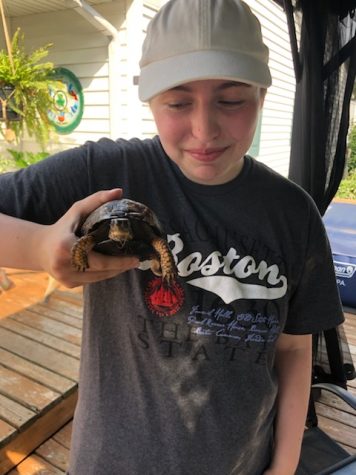The No Place for Hate Initiative: An Interview with Mr. Rubenstein

February 16, 2021
Partnering with the Anti-Defamation League (ADL), CBW has officially begun its transition into a No Place for Hate School. House Principal Mr. Rubenstein explains the significance of this decision: “[The school] is working with ADL so that people have a deeper understanding of their similarities and differences, so people can understand each other from diverse backgrounds, ability levels, and sexual orientations.”
West has three main goals for its transition, each centering around awareness, understanding, and appreciation. To accomplish these, it plans to reach out to as many voices as it can: surveying students and staff, it began to clarify its current role in addressing inequity—as well as the steps that it should take to further its inclusive agenda. The questions that the survey asked ranged from the diversity of books, art, and movies offered to the inclusivity of the curriculum as a whole, all of which yielded surprisingly-consistent results.
Using this data, the school has already responded to calls for change. “We’ve formed a representative student and staff No Place for Hate team…and we meet biweekly,” Rubenstein says. “We’re having those conversations now that we have a better understanding of people’s perceptions and first-hand experiences…and after creating an agenda, we’re going to come up with activities that are geared towards the whole student body.” He hopes to connect to students by advertising such activities via the school’s website and newsletter. Moving forward, Rubenstein even envisions the No Place for Hate initiative linking student-run groups such as the Black Lives Matter Club, the Brown Student Union, and the Gay-Straight Alliance Club.
Despite early successes, he believes that there are many more steps that the school must take to assimilate the initiative into the culture at West. He hopes to start small, to create manageable goals for the year that target what the data suggests more than anything. While he stresses that each goal will not be met this year, he believes that these efforts will eventually lead to sustainable change in the way we present and represent information in the curriculum. “Moving forward, I think that each year [the initiative] is going to become more ingrained here at West, and that’s the goal.”

